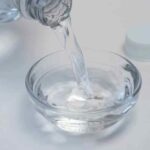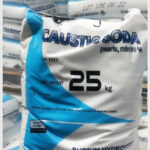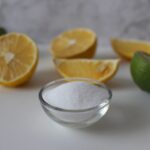
Caustic soda in solution
Caustic soda in solution is a colorless or slightly colored liquid and may contain a small amount of sediment. Soapy to the touch. In terms of its chemical properties, caustic soda is a strong base. It easily destroys the surface of aluminum, zinc and other amphoteric metals. Formula –NaOH.
Main features of caustic:
- toxic (poisonous);
- in liquid form – volatile (evaporates);
- in solid form – hygroscopic (intensively absorbs moisture from the atmosphere).
Pulp and paper industry: production of paper, cardboard, fiberboard;
Textile industry: bleaching of fabrics, flax; silk production;
Oil refining industry: refining of oil, petroleum products; biodiesel production;
Chemical industry: production of cleaning products, neutralization of acids, production of oils; catalyst in chemical reactions;
Construction: production of aerated concrete, strengthening the foundation of a building;
Agriculture: fertilizer; in the fight against parasites and fungal diseases of plants;
Livestock: disinfection of livestock complexes;
Fish farming: disinfection of ponds;
Perfume and cosmetics industry: production of soap, shampoo, cream;
Pharmaceutical industry: preparation of chloramine antiseptic;
Food industry: production of ice cream, chocolate, various drinks; as a food additive E524; equipment cleaning;
Energy industry: alkaline batteries (as electrolyte);
Photograph: included in the developer;
Water treatment: neutralization of acids and their oxides in water;
Safety: caustic soda is a fire and explosion-proof compound. Belongs to hazard class 2 in terms of impact on people.
Sodium hydroxide exhibits a highly aggressive effect upon contact with the skin and mucous membranes (it burns in the short term, and forms ulcers in the long term). Caustic is also dangerous if it enters the respiratory system and gastrointestinal tract. May cause cough, runny nose, lacrimation, etc.
Heating sodium hydroxide may cause an explosion.
 +48725339628
+48725339628 @gmail.com
@gmail.com



